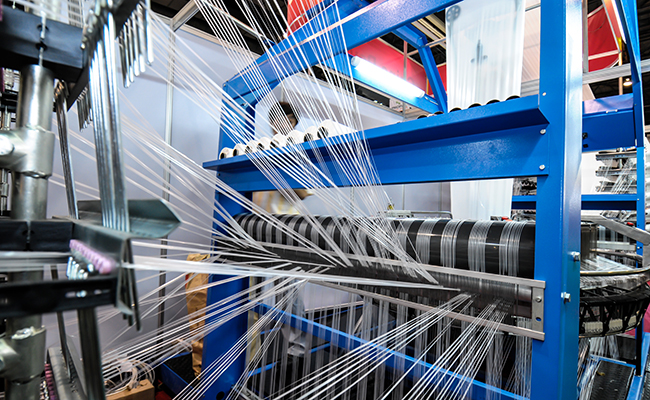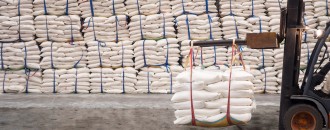
‘Trade ties with EU to offset TPP impact on India’s textile exports’
Sai Nikesh | The Dollar Business
Signing free trade agreements with European Union countries will help India tackle the impact of the Trans Pacific Partnership on the country’s textiles exports, an industry body has said. To help textile industry touch $500 billion target by 2025 from the current level of $110 billion, India should sign Free Trade Agreement (FTAs) with EU nations and enter into agreement with the US before the industry becomes uncompetitive with the implementation of TPP, said the Associated Chamber of Commerce and Industry (ASSOCHAM). “The Trans-Pacific Partnership (TPP) between US, Japan, Canada, Chile, Vietnam, Malaysia, Singapore, Australia, Brunei, Mexico, New Zealand and Peru, which has been signed last week will cause trade diversions effects in some of the key sectors such as textiles and clothing industries for India,” the ASSOCHAM said. The chamber has submitted a note to the government, saying that the estimated $500 billion potential consists of domestic sales of $315 billion and exports of $185 billion. And to achieve this target, “great planning and action are required on the part of both the industry and the government”. At present, the United States accounts for 20-35% of India’s readymade garment exports. Once the TPP comes into effect, the member countries will get preferential access in the US markets, making Indian’s exporters uncompetitive. Besides, the ‘Yarn Forward Rule’ – a key feature of TPP – makes it mandatory to source yarn, fabric and other inputs from any or a combination of TPP partner countries to avail duty preference. This would change the dynamics of the existing global supply chain in textile and clothing sector. In the present scenario, India exports yarn and fabric to Vietnam which then makes the textiles and exports to countries like the US. Once the TPP is implemented, Vietnam will have zero-duty access to the US market, while Indian players will have to pay higher duties, the ASSOCHAM said. However, experts believe that India can expand its textile export basket by focusing on man-made fibre (MMF) sector. Currently, the total textile exports from India are $ 40 billion. Out of this, cotton exports are about $ 21.50 billion, MMFs are about $10.0 billion and other textiles like silk, handloom, jute are about $8.50 billion. Expecting 10% average annual growth in India's cotton exports, the ASSOCHAM has estimated the total cotton exports by 2025 to be around $55 billion and shipments of other textiles at around $14 billion, thereby leaving a target of $116 dollar for MMF/ Filament Yarn sector. Exports of MMF/Filament Yarn are currently $10 billion and in order to reach the target of $116 in the next 10 years, this segment will have to grow at more than 25% CAGR, it said. “The MMF/Filament Yarn industry, which could have given much desired growth, has not been given its due attention. Now, the time has come that we give due focus on the MMF to attain our exports and desired growth for the Textile Sector," said D S Rawat, Secretary General ASSOCHAM. About the impact of TPP, Atul K Mishra, Economist, Confederation of Indian Textile Industry, said that among the 12 members of TPP, Vietnam would be the largest beneficiary as tariffs on textile goods would be reduced to zero in major importing countries like USA, Japan and Canada. “Yarn forwarding rules of origin as proposed by USA, if agreed upon by all members, will give advantage to Vietnam to buy textile intermediary goods from USA, Australia, New Zealand and Japan and then export them as value added products to all members of TPP,” Mishra told The Dollar Business.
October 21, 2015 | 3:31pm IST.






 to success.
to success.